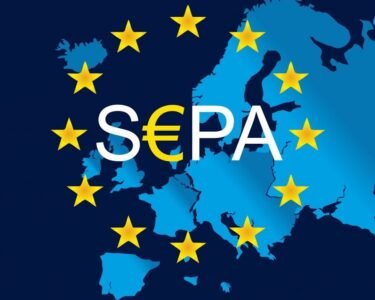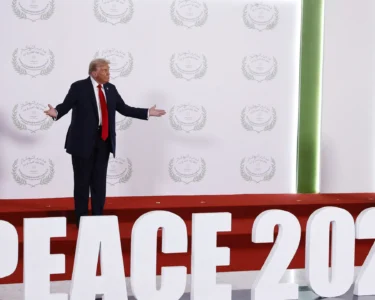The Atlantic Alliance enjoys excellent health but has bad communication.
Its values, its importance for stabilizing world balances are largely ignored, and NATO's image is often the opposite of what it should be.
Created as a defensive alliance, it is instead perceived as an aggressive entity.
It is described as a kind of super-state with expansionist aims while NATO is just an association in which countries that want to ask to join without pressure and without any conditioning.
The very language used to describe NATO's growth is misleading. It is said that NATO has expanded eastward. There is no territorial extension of the alliance but simple accession of countries joining others to feel more secure and avoid the risk of their territories being invaded by aggressive regimes
The 12 countries that formed NATO 75 years ago did not want to attack anyone but only to defend the European and North American democracies from the concrete threats of Soviet imperialism.
During the Cold War, NATO was the bulwark that protected Western Europe from constant Soviet threats culminating in the 1976 placement of SS20 missiles with multiple nuclear warheads aimed at European capitals.
NATO's decisive response with 572 Pershing 2 and cruise missiles deterred the Kremlin from making foolhardy gestures.
After the end of the Cold War, NATO welcomed countries that had freed themselves from Moscow's yoke. Before the Russian invasion of Ukraine, the alliance was considered without a perspective and in a state of "brain death," according to the harsh expression used by Macron.
Putin's aggressive policy convinced Finland and Sweden to join.
NATO has entered a new phase in its long life. It must now take a qualitative leap forward especially in the prospect of possible U.S. disengagement if Trump should unfortunate enough return to the White House.
NATO must be more Eurocentric and must redesign its structure in harmony with the project of a common defense of the 27 EU members that is timidly beginning to take its first steps. One could also imagine a NATO that in addition to having the common defense task of the 32 members would have variable geometry. The component formed by the 27 members of the Union could give itself more extensive tasks in the Mediterranean , Middle East and African area in support of a desirable European foreign policy that has so far been nonexistent.
In short, NATO has been reborn after the war in Ukraine but needs to be more ambitious and invest more in properly communicating its history, identity and mission.





